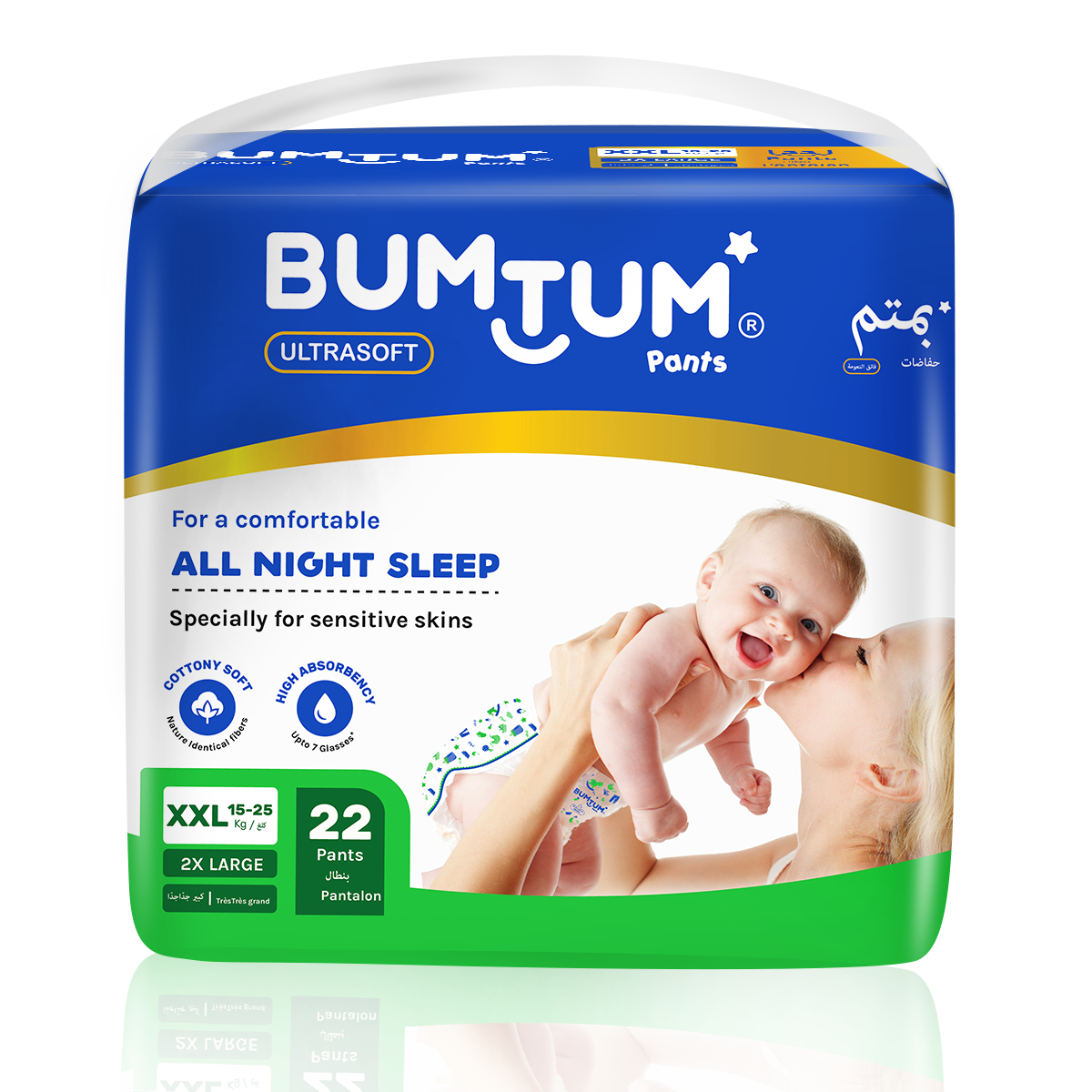The ₹150 Cr Indian diaper company 👶🏼
There is always room for products even in < ₹500 Cr segment.
With 2.5 Crore baby births every year, India should have been baby diapers biggest market in the world. But, in 2023, less than 6% of Indian parents bought a diaper for their newborn.
So, is India terrible market for diapers?
Diapers aren’t a need but a want with most India parents. It becomes sort of a need only when the kid is going outdoors. No wonder the demand isn’t as big as it should be.
But, we have a new diaper company.
Founded in 2011 by 3 siblings, Bumtum is scaling the right way. While all major brands - Pampers, MamyPoko & Huggies focus on tier 1 cities, high-income families, office-goers, and young parents who live in a nuclear ecosystem, Bumtum chose a different market.
Baby diapers have a pricing problem.
And if you compare that to the household income in India, the per capita is around INR 172,000 (2022-23). This means for most households this is going to be luxury.
The % of Indian households with above INR 172,000 household income - this is around 4.5 Cr households will have some level of appetite to pay for child care. Very small percentage will pay INR 26,400 on diapers.
One of the lowest at the moment, a single diaper that Bumtum sells costs ₹6.14/ count, compared to ₹10.00 / count of Pampers, ₹14.58 / count of MamyPoko Pants, and ₹11.69/ count of Huggies - an otherwise premium product being sold at an affordable price, where a substitute is easily available (cloth).
Budget stretching on baby care? YES!
If you take the ratio of Indian households in the INR 1.25L to INR 5L, 52% of households are in this category. This is your classic aspirational class just below the middle class.
No wonder, Bumtum’s core aspirational audience lives in Indian tier-II & III cities. Whatever the trend is, they want in. Parents are willing to spend on luxuries they couldn’t afford as kids and Bumtum solves for this. Some of its strong hold markets are e Lucknow, Kanpur, Patna, Ranchi, Indore & Ahmedabad - interesting right?
90% of BUMTUM’s revenue is generated from Tier II and III
cities and towns, with only 10% coming from Tier 1 users. No wonder, Bumtum’s core messaging focuses on ‘Small town India’s favourite diaper brand’.
Once it solved pricing + marketing pitch, next was brand associations. That’s where the collaborations with Chhota Bheem hit the nail.
So what’s the 500 Cr revenue game?
Distribution is key to Bumtum’s revenue numbers.
It has all both online (through Amazon/Flipkart) & offline (modern trade/supermarkets). With 35% offline sales, online is where they are doubling down.
Quality for high expectation customers.
Especially for second child parents, they will always compare Bumtum to a Huggies no matter the price. Before the 150 to 500 Cr scale it needs to fix its product leakage problem.
Go deeper into baby segment before adult hygiene.
With its success in diapers, Bumtum has now begun exploring feminine hygiene care with Freeme, adult hygiene care with Elduro, and preteen skin care with Amigo, all operating under their parent company, Familycare Consumer.
I see this as a classic example of doing too many things. Unsure if it will be able to build each of these brands as INR 100 Cr revenue lines and if that’s not going to happen, it should attack categories one by one.
Plus, going from baby care to adult hygiene means selling to different kinds of customers. So that begs the question - Why not build a product line that tries to cross sell to the same customer - parents of a new born?
Q4’23 has been joyful at the GrowthX fam 💙
10 weeks.
5,000 applications.
300+ new leaders joining the club.









We bought bumtum for our 2nd child. We had 3 main issues, specifically with the pants version:
1. No way to wrap up the pants once they were torn. You don't want to be handling the contents of an a diaper that can't be wrapped up!
2. No easy way to tell which is the front and back of the diaper. Can be very uncomfortable for the baby if you put it back to front.
3. Once full, the diaper would sag and leak. Can cause rashes for the baby if the leaked contents stay on the thighs too long. This happened to our son.
I would say that they took a leap and tried to solve for a price sensitive market but have dropped the ball in terms of easy usage, communication and quality. I think this would have a negative impact on consumers as they would buy due to the cheap price and then get turned off by the above issues.
I think while solving for price is a good strategy, most parents are ready to spend for their child. While Pampers is 50% more expensive, it is also far more reliable. The sweet spot then, might lie, between Bumtum and Pampers.
Here in Germany, where I live, a pack of 32 diapers is 5.55 Euros, which is about 500 INR. BumTum are 629 INR for 52 diapers. That's 15 INR per diaper and 12 INR per diaper respectively. If they can improve the quality for about 1 INR more per diaper that would make them about 685 INR for 52 which is still cheaper than Pampers. I would, as a parent, pay that extra 1 INR to ensure my child is comfortable.